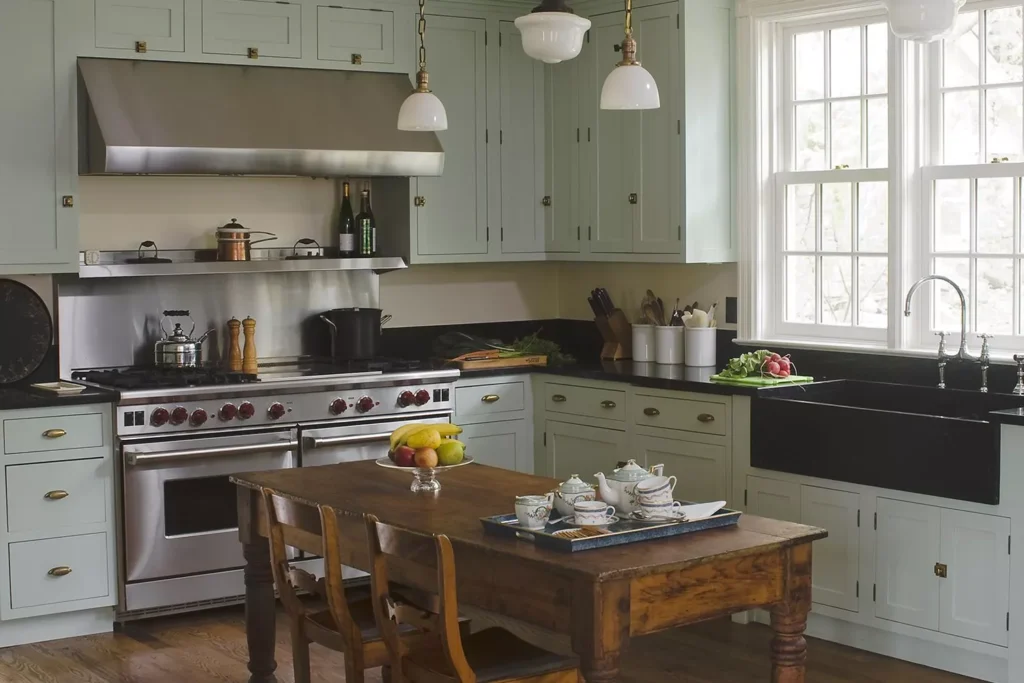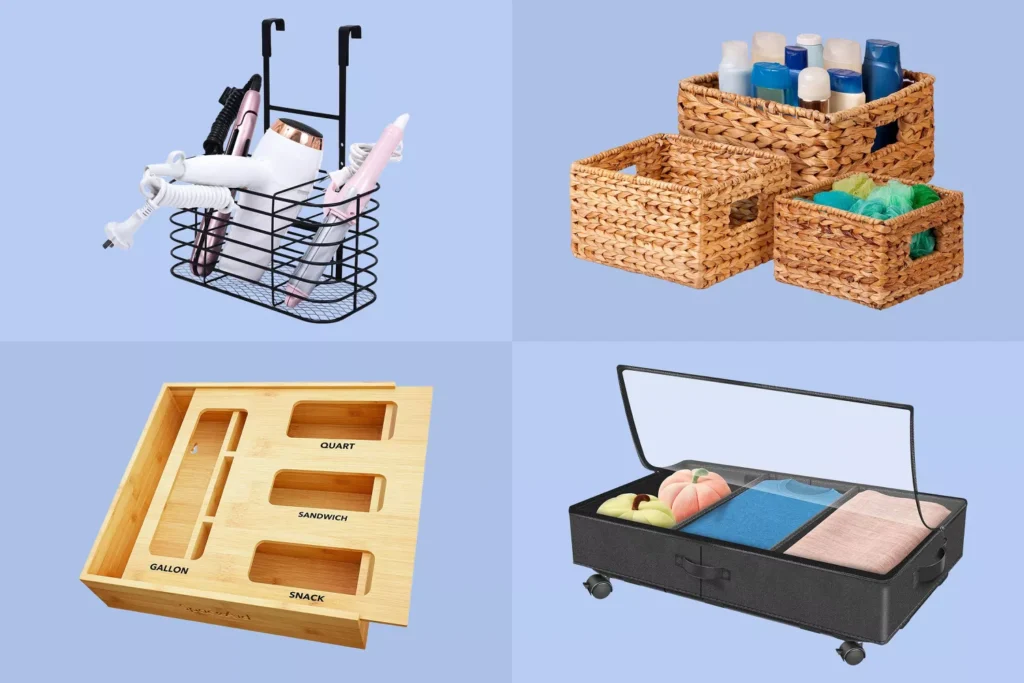There are few things worse than letting a delicious bottle of wine go to waste. Christopher Hoel, sommelier and founder of Harper’s Club and Luckysomm, and expert wine curator for Wine Insiders and Martha Stewart Wine Co, says the same. The good news is we have some easy tips and tricks to extend the life of your favorite wines. Starting with knowing why wine goes bad in the first place. Wine requires a delicate balance of oxygen exposure, which is crucial in the fermenting process.
Once opened, oxygen can boost the flavors and aromas of a wine, but too much exposure will turn your wine into vinegar. (This process is how we make red and white wine vinegar.) Almost every wine preservation tip is based on minimizing your wine’s exposure to oxygen, as Hoel explains. However, there are other factors involved in maintaining a wine’s integrity – light and temperature play a part too, and storage tips will vary depending on if your bottle of wine has been opened yet. For example, you should always refrigerate wine after opening it, but the fridge is not recommended for long-term wine storage of unopened bottles.From timeline to temperature, here’s everything you need to know about how to store wine at home. If You’re Storing Wine in the Fridge or Vodka in the Freezer, You Need to Read This by ClausAlwinVogel.
How Long Does Wine Last? You’ve sought the expert advice of a service like Winc’s Wine Club and now you have a few bottles customized to your tastes – how long will they last? You can drink red and white wines for up to one year unopened. For champagne and sparkling wine, it’s about six months. And what about after opening? The acid in white wines, such as rieslings and sauvignon blancs, helps keep them fresh after opening for about three days, whereas most reds should be finished in a day or two, says Andrea Robinson, a master sommelier and the author of Great Wine Made Simple. Champagne and sparkling wine will only last one day in the fridge. To make opened wine last closer to a week, remove as much air as you can with a device like the Rabbit vacuum pump, moistening the stopper first for the tightest seal, advises Michael Aaron, chairman of Sherry-Lehmann Wines & Spirits in New York City. Hoel explains that you can easily get a quality vacuum pump for $10 to $20 and, while not perfect, it can add a few days to the life of your wine. How to Store Unopened Wine. Lay Bottles Sideways. To maintain an airtight seal that protects the wine from oxygen and outside aromas, its cork needs to stay moist and expanded, says Robinson. Store the bottle on its side, so the cork stays in constant contact with the wine. The exception: Wine bottles that have screw-on caps or rubber or plastic corks can stand up to being stood up. Pick a Dark Location. If a wine is ‘light struck’, it has been subjected to bright light for an extended period of time and will taste ‘numb and dumb’, says Robinson.Protecting your wine from harmful UV exposure is crucial. Tinted glass bottles provide some protection, but it’s still essential to keep bottles out of direct sunlight, as suggested by Anita LaRaia, author of ‘Pick a Perfect Wine…In No Time’. Storing wine low to the ground or in a cabinet also helps protect it from overhead fluorescent lighting, which can cause damage.
Temperature control is important for wine storage. While you don’t need to refrigerate unopened wine, maintaining an ideal storage temperature of 45 F for white wine and 55 F for red wine is recommended. If you plan to open the bottle within six months, a warmer room temperature is acceptable. Avoid storing bottles in areas of high heat or where temperatures fluctuate, such as next to a dishwasher or stove. Storing wine on top of the refrigerator is not advised due to heat from overhead lighting and refrigerator exhaust, as well as the vibration that can affect taste. When it comes to serving Champagne, there’s a proper way to do it. To store opened wine, re-cork the bottle immediately after each glass. This limits the oxygen exposure and helps maintain the wine’s freshness, as explained by Hoel. Ensure the same end of the cork goes back in the bottle to avoid mold and odors. If the cork is difficult to insert, use a corkscrew to create a notch or use a reusable rubber stopper. All wines, including reds, last longer when chilled after being opened. Store open wine bottles out of light and below room temperature, with the refrigerator being the best option. This slows down the oxidation process as the molecules move more slowly. Storing open wine upright is recommended to minimize the surface area exposed to oxygen, thus slowing the oxidation process. Determining if wine has gone bad involves checking its color and taste. Oxidation can change the color and taste, but not always for the worse. Decanting aerates the wine and separates sediment, enhancing flavors. However, excessive oxidation turns wine into vinegar. Reds will darken to brown and brick tones, while whites will deepen and become more yellow. Taste tests can reveal if the flavors and aromas have flattened, signaling that the wine has gone off.Wines served by the glass can come from bottles that were opened earlier that day and can start exhibiting signs of over-oxygenation, even in just a few hours. If you discover the wine you ordered in a restaurant has gone ‘off,’ it’s well within your rights to ask for a fresh glass.
If you’ve stored your wine correctly—in a sealed bottle in the refrigerator—but the taste or color is just a little off, a slightly oxidized wine can still be used in the kitchen. ‘I find they work best in recipes with long cook times, like stews, sauces, or marinades, which allow the alcohol to cook off and the flavors to meld seamlessly,’ Hoel says. If you’re at the point of no return, consider turning your leftover wine into vinegar. ‘All you need is raw vinegar, a clean jar, and an old bottle of wine,’ says Hoel. ‘Simply combine all of those ingredients and store the concoction in your pantry and, in about a month, you’ll have delicious vinegar to cook with. Plus, you can keep contributing your leftover wine to the container to continue making vinegar.’ The Ultimate Guide to Storing Every Type of Food in the Refrigerator for Long-Lasting Freshness. Was this page helpful?Thanks for your feedback!Tell us why!OtherSubmit

